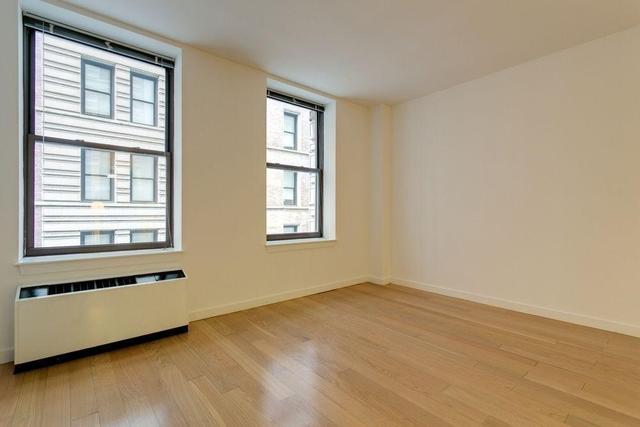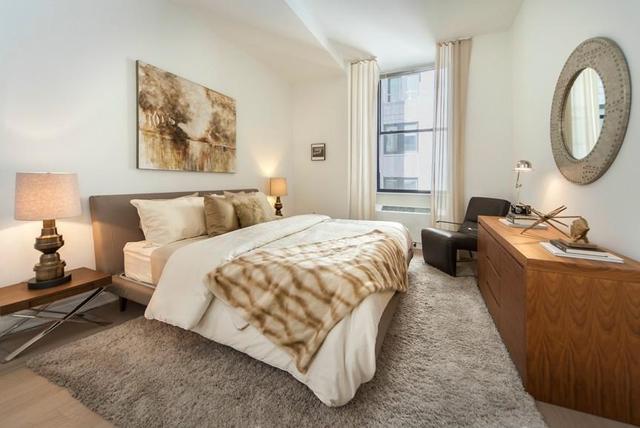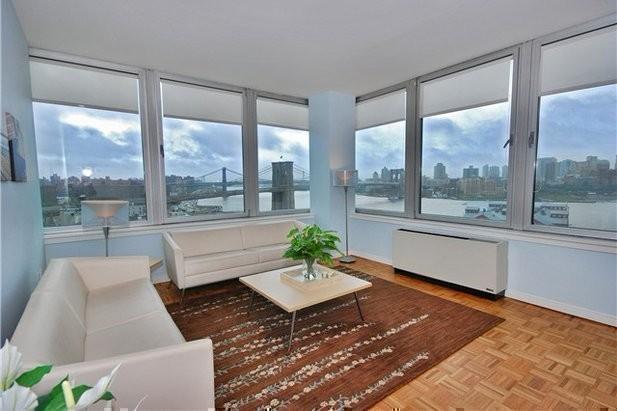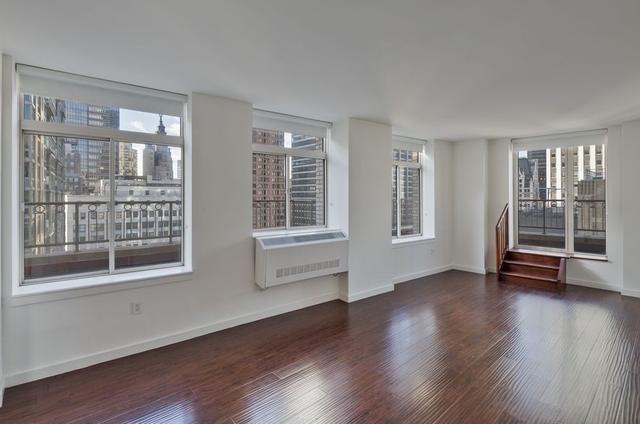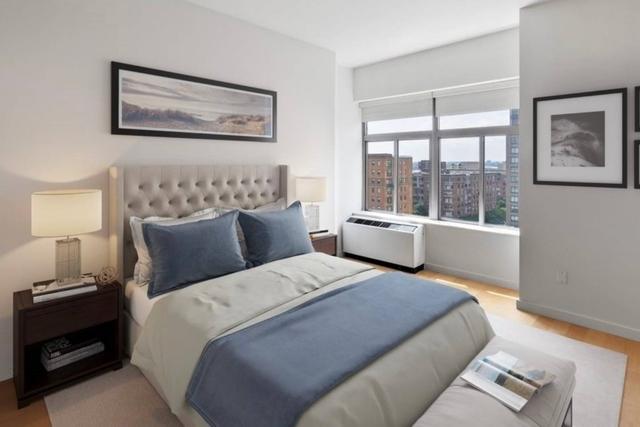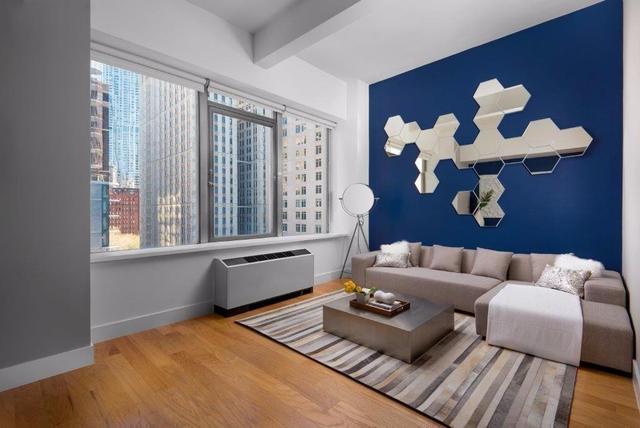
Stick Built Homes: A Comprehensive Guide
By: ROS Team
When starting the home-buying process, you’ll come across a variety of terms and building styles, each with unique qualities that suit different needs. One of these terms, “stick built,” might sound unfamiliar but refers to a traditional and widely popular construction method in the United States.
Unlike factory-built homes, a stick-built home is constructed entirely on-site, allowing for a high level of customization and quality control.
In this guide, we’ll explore what defines a stick-built home, its pros and cons, and how it compares to other home types to help you decide if it’s the right choice for you.
What Is a Stick Built Home?
A stick built home is a traditional on-site constructed home, built piece by piece using lumber (or sticks) as the main building material. Unlike prefabricated or modular homes that are partially built in a factory, stick built houses are built entirely on site where they will stand.
This process involves framing the structure with wood beams, adding insulation and other materials on site, so builders can customize almost every detail to the homeowners’ needs.
This way of building gives more flexibility in design, options for layout, architecture and finishes that can be tailored to your needs. It also allows for adaptability to local building codes which can vary greatly by region.
But since everything is built on site, stick built homes take longer and cost more than factory built homes.
Benefits of Stick Built Homes
Customizable
Stick built homes are highly customizable, so you can shape the layout, choose the materials and finishes. This flexibility means you can meet your specific needs, from architectural style to functional spaces, so the home is exactly what you wanted.
Equity
Stick built houses hold and even increase in value over time, so they are a good investment. They tend to appreciate well in the market, especially in good areas, so you can build equity and financial security.
Energy Efficiency
With modern insulation and energy efficient windows, stick built homes can be built to meet or exceed energy codes. This means reduced heating and cooling costs so the home is eco-friendly and cheaper to maintain in the long term.
Aesthetic Appeal
The traditional, hand crafted construction of stick built homes adds to their aesthetic. From custom exterior finishes to unique interior details they often have a timeless look and feel so they can fit into any neighborhood style and landscape.
Drawbacks of Stick Built Homes
Cost
Stick built homes are more expensive than modular or prefabricated homes. Individualized labor, material transport and unexpected expenses during the build process all add to the higher cost of these homes.
Longer Building Process
Building a stick built home takes longer. Weather delays, on-site labor availability and customizations can add weeks or months to the timeline.
Limited Lot Availability
Stick built homes require specific types of lots that are harder to find especially in urban areas. Limited land availability can make finding a lot difficult and expensive adding to the overall cost and complexity of building a custom home.
Vulnerability to Weather and Environmental Damage
Since stick built homes are wood framed they are less weather resilient than homes built with brick, cement or other solid materials. Wood is also prone to pest infestation, mold growth and water damage which requires maintenance.
How Much Do Stick Built Homes Cost?
The cost of stick-built homes typically ranges from $100 to $250 per square foot, depending on factors such as location, materials, and customization options.
Custom designs tend to be more expensive due to the labor-intensive nature of construction, while mass-produced homes can cost significantly less, averaging between $50 and $100 per square foot.
Overall, stick-built homes are generally seen as a more expensive option compared to modular homes, which can be up to 20% cheaper.
Comparing Stick Built Homes to Other Types
Stick Built vs. Modular Homes
Modular homes are built in sections in the factory and assembled on site, faster than stick built homes. More affordable too, due to factory efficiencies.
But stick built homes allow for more design flexibility and customization, modular homes have limitations on layout and aesthetic choices. Stick built homes also have higher resale value due to craftsmanship and durability.
Stick Built vs. Mobile Homes
Mobile homes are built entirely in the factory and can be moved from one place to another, making them a cost effective option for those who want mobility. But they depreciate in value over time, while stick built homes appreciate and build equity.
Mobile homes are more limited in customization and durability, stick built homes are sturdier and can be designed for long term living and specific climate challenges.
Stick Built vs. Prefabricated Homes
Prefab homes encompasses a range of factory built options, including modular and panelized homes. These homes are faster and cheaper to build than stick built homes, and their parts are crafted in a controlled environment for quality.
But stick built homes can have on site adjustments and customization throughout the build process which can accommodate unique lot shapes and personal preferences.
Manufactured Home vs. Stick Built
Manufactured homes, like mobile homes, are built in factories and then transported to their location. While affordable, they have limited customizability and may not appreciate as much as stick-built homes.
They must also adhere to HUD building codes rather than local building codes, which can impact their adaptability to different regions.
Stick-built homes, on the other hand, are built according to local codes, making them a more adaptable and sometimes better-appreciated investment for different climates and conditions.
Related Articles:
How to Successfully Flip Mobile Homes
How Long Does Manufactured Homes



